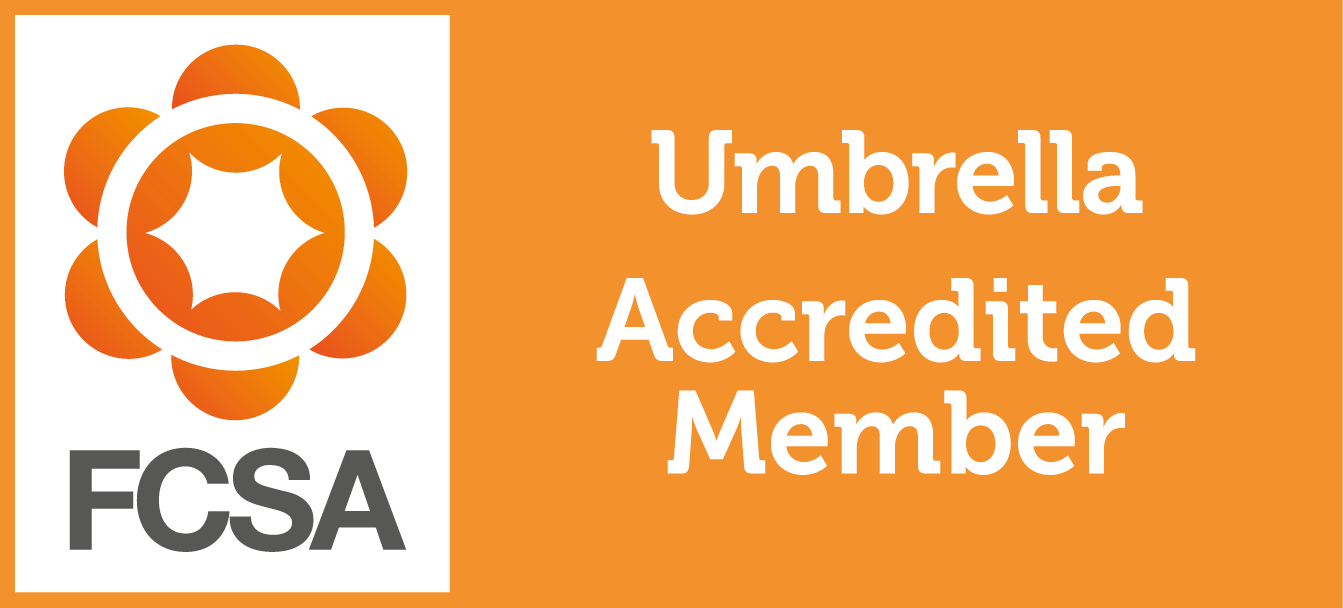
Your tax code is used to determine how much tax-free income you will be allocated per year and how much tax is due on your earnings or pension once you have exceeded the threshold. Continue reading to discover what your tax code means and what to do if you think your tax code is wrong.
What is a tax code?
HMRC uses tax codes to determine the amount of tax you need to pay each time you get paid through PAYE (Pay As You Earn). Most tax codes consist of a number followed by a letter – 1257L. The number indicates how much tax-free income you are entitled to each tax year to your employer or payroll provider. For example, for a 1257L tax code, the tax-free Personal Allowance would be £12,570. The letters refer to your situation and how it affects your Personal Allowance.
What the letters mean in your tax code
| Letters | What they mean |
| L | You’re entitled to the standard tax-free Personal Allowance of £12,570 for the 2021/22 tax year. |
| M | You’ve received a transfer of 10% of your partner’s Personal Allowance as part of the Marriage Allowance. |
| N | You’ve transferred 10% of your Personal Allowance to your partner as part of the Marriage Allowance. |
| T | Your tax code includes other calculations to work out your Personal Allowance. |
| 0T | This could mean that your employer does not have the details they need to allocate you a tax code, for example, if you have recently started a new job. It could also mean that your Personal Allowance has been used up. |
| BR | All of your income from this job or pension is taxed at the basic rate. This is usually issued when you have more than one job or pension. |
| D0 | All of your income from this job or pension is taxed at the higher rate. This is usually issued when you have more than one job or pension. |
| D1 | All of your income from this job or pension is taxed at the additional rate. This is usually issued when you have more than one job or pension. |
| NT | You are not paying any tax on this income. |
| S | Your income or pension is taxed using Scottish tax rates. |
| S0T | This could mean that your employer does not have the details they need to give you a tax code, for example, if you have recently started a new job. It could also mean that your Personal Allowance (Scotland) has been used up. |
| SBR | All of your income from this job or pension is taxed at the basic rate in Scotland. This is usually issued when you have more than one job or pension. |
| SD0 | All of your income from this job or pension is taxed at the intermediate rate in Scotland. This is usually issued when you have more than one job or pension. |
| SD1 | All of your income from this job or pension is taxed at the higher rate in Scotland. This is usually issued when you have more than one job or pension. |
| SD2 | All of your income from this job or pension is taxed at the top rate in Scotland. This is usually issued when you have more than one job or pension. |
| C | Your income or pension is taxed using Welsh tax rates. |
| C0T | This could mean that your employer does not have the details they need to give you a tax code, for example, if you have recently started a new job. It could also mean that your Personal Allowance (Wales) has been used up. |
| CBR | All of your income from this job or pension is taxed at the basic rate in Wales. This is usually issued when you have more than one job or pension. |
| CD0 | All of your income from this job or pension is taxed at the higher rate in Wales. This is usually issued when you have more than one job or pension. |
| CD1 | All of your income from this job or pension is taxed at the additional rate in Wales. This is usually issued when you have more than one job or pension. |
More information about tax codes and what they mean can be found on the government’s website.
What will my tax code be with an umbrella company?
Most umbrella employees will be on a 1257L tax code because they only have one form of employment, no taxable company benefits and no additional income (e.g. pension income). However, this will depend on your current income, previous earnings and how much tax you have paid so far in the tax year. Tax codes are set by HMRC and your umbrella company will be updated of any changes by HMRC.
Why do I have more than one tax code?
If you have more than one job and work for multiple employers (or work and also draw a pension), you’ll have more than one tax code. This is because the PAYE system is designed to treat one job as your primary employment, and your personal allowances will be allocated in full to this tax code. The other jobs are treated as secondary and taxed at 20%. The same principle applies if you have more than one pension.
Emergency tax codes
If your tax code has ‘W1’, ‘M1’ or ‘X’ at the end, this indicates that you’ve been placed on an emergency tax code. This means you will pay tax on all your income above the basic Personal Allowance. You usually are put on an emergency tax code if HMRC has not received information about your income in time after a change in circumstances. For example:
- You have started a new job
- You have started working for an employer after being self-employed
- You have begun receiving a State Pension or are getting company benefits
Don’t worry – emergency tax codes are temporary and will be updated once HMRC gets the correct information.
If you’ve just started a new job, you can give your new employer a copy of your P45 from your previous employer. Your new employer can help you update your tax code by sending details about your previous income or pension to HMRC.
If you do not have a P45 or you’ve just started working for an employer after being self-employed, you will need to complete a Starter Checklist for PAYE to help allocate you the correct tax code.
If you have started to receive a State Pension or are getting company benefits, you should check your tax code online to make sure it reflects the changes. If they are omitted, you can update your details online or contact HMRC by calling 0300 200 3300.
What to do if you think your tax code is wrong
In most cases, HMRC will automatically update your tax code when your income changes. For example, if you start a new job, receive benefits or work expenses or start getting a pension. This information is usually provided to HMRC by your employer, including your umbrella company.
If HMRC has the wrong information about your income, you may be given an incorrect tax code. To ensure you are on the correct tax code, you can report a change in your income to HMRC using the online check your Income Tax service or by calling HMRC on 0300 200 3300. You will need to have your National Insurance number with you when contacting HMRC by phone.
After you report your income change to HMRC
HMRC will contact you if they change your tax code. They will also notify your employer or pension provider that they have changed your tax code.
Your next payslip should show your new tax code, and your tax will be calculated using the new code. If you were paying the wrong amount of tax, any adjustments to your pay would also be implemented and shown on your next payslip.
Contact us today for a free take home pay illustration
For more information about Umbrella Company UK’s PAYE umbrella service or to request a tailored take home pay illustration, please complete the short form on our website. Alternatively, if you would like to speak to one of our expert Sales Consultants, please give us a call on 01707 669023.






